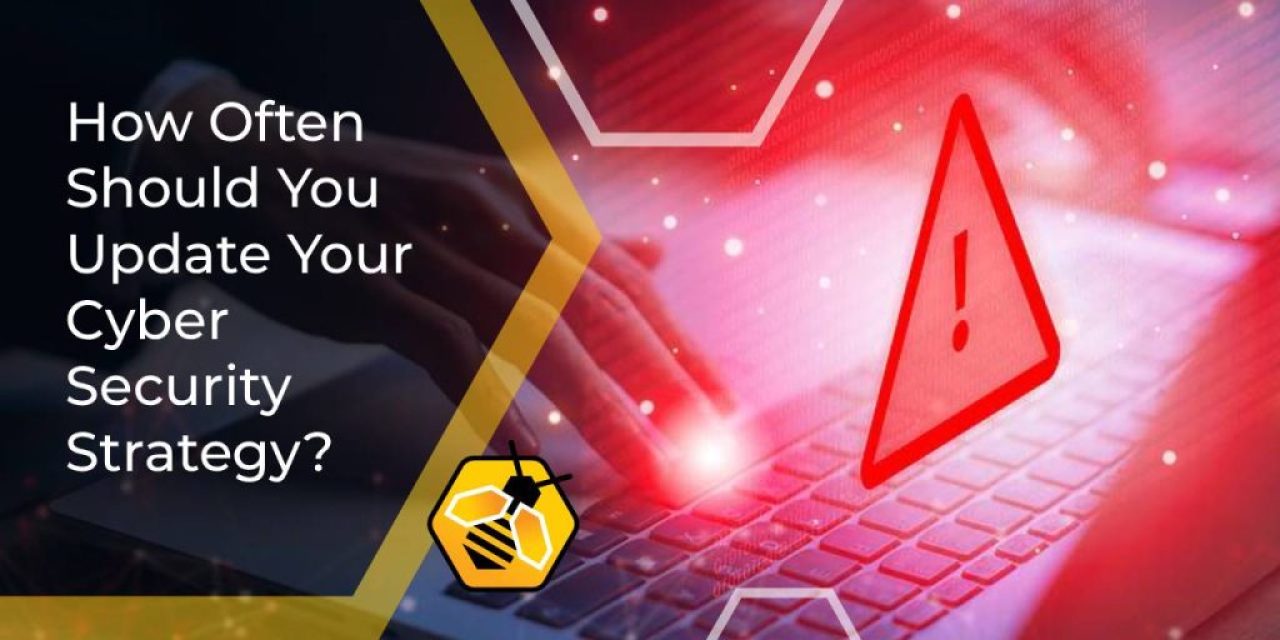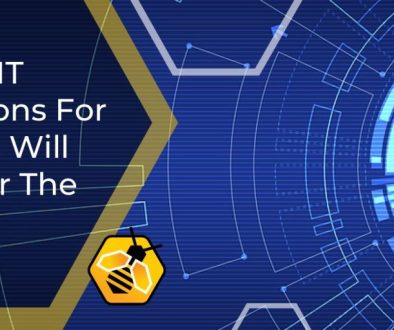How Often Should You Update Your Cyber Security Strategy?
Cyber security isn’t something you set up once and forget about, especially at a time when businesses of all sizes are now prime targets for cyber criminals. A strong cyber security strategy is essential, but equally important is ensuring that it remains relevant, up to date, and resilient against new challenges.
So, how often should you review your cyber security strategy, what should those reviews include, and how can professional IT support in Leeds help you to stay up to date?
Why regular cyber security reviews are essential
Cyber security isn’t static. Criminals are constantly developing new ways to breach systems, exploit vulnerabilities, and steal sensitive data. A strategy that worked two years ago, or even last year, might leave gaps that attackers can exploit today.
The consequences of not reviewing your defences can be severe: financial loss, regulatory fines, reputational damage, and operational downtime. Regular reviews help you identify weak spots before cyber criminals do.
How often should businesses update their cyber security strategy?
There’s no universal rule that fits every business, but here are some practical guidelines:
Annually (at a minimum)
At the very least, your cyber security strategy should undergo a formal review once a year. This ensures your policies, processes, and tools reflect the latest threats and compliance requirements.
Whenever major changes occur
Any time your business undergoes a significant change, your cyber security strategy should be reassessed. Examples include:
- Migrating to Microsoft 365 or adopting new cloud platforms
- Moving office locations or expanding operations
- Onboarding large numbers of new employees
- Implementing new hardware, telecoms, or network infrastructure
These transitions often create new vulnerabilities that must be secured.
After a security incident
If your organisation experiences a breach, attempted breach, or even a suspicious incident, it’s a clear signal to re-examine your strategy immediately. Learn from the event, identify what went wrong, and strengthen your defences accordingly.
In line with compliance or certification cycles
Frameworks like Cyber Essentials or ISO 27001 require regular reviews and updates. Even if compliance isn’t mandatory for your industry, aligning your review schedule with these cycles is a good practice.
What should be included in a cyber security review?
A review shouldn’t just be a box-ticking exercise: it needs to be thorough. Here are key areas to focus on:
Threat landscape assessment
What new threats are emerging in your sector? Are ransomware attacks increasing? Are phishing attempts becoming more sophisticated? Understanding these trends helps shape your defensive measures.
Technology and tools audit
Review whether your tools, such as Sophos firewalls, endpoint protection, or backup solutions, are still fit for purpose. Outdated software and hardware are common entry points for attackers.
Access control and identity management
Are your employees using multi-factor authentication (MFA)? Do former employees still have access to systems? Reviewing permissions and identity management reduces insider and outsider risks.
Employee awareness and training
Human error is still the number one cause of breaches. Your review should consider whether your staff are trained to spot phishing emails, use strong passwords, and follow best practices.
Incident response plan
If the worst happens, do you have a clear plan? Reviewing your incident response strategy ensures you’re prepared to act quickly and minimise damage.
What are the signs your cyber security strategy may be outdated?
You may not realise it, but some red flags indicate your cyber security approach needs urgent attention:
- You haven’t reviewed your firewalls, anti-virus, or patching policies in over 12 months
- Staff haven’t received refresher training on cyber threats recently
- You don’t have Cyber Essentials certification, despite handling sensitive client data
- Your backup and disaster recovery plan hasn’t been tested in the past year
If any of these apply, your organisation is at higher risk than you think.
The role of managed IT services in regular reviews
Many businesses lack the in-house expertise or time to continuously monitor cyber security. That’s where a managed service provider (MSP) can help. By partnering with an IT solutions company, you can benefit from:
- 24/7 monitoring for suspicious activity
- Proactive patching and updates to software and hardware
- Expert guidance on compliance and certifications like Cyber Essentials
- Scalable solutions for firewalls, telecoms, and leased lines that grow with your business
An MSP ensures your cyber security strategy isn’t reviewed once a year and then forgotten, because it’s continuously optimised.
Cyber security is not a static goal but an ongoing process. The more proactive you are in reviewing your defences, the less likely you are to face costly breaches and downtime. By working with trusted IT partners and ensuring regular reviews, your business stays resilient in a constantly shifting digital landscape.




